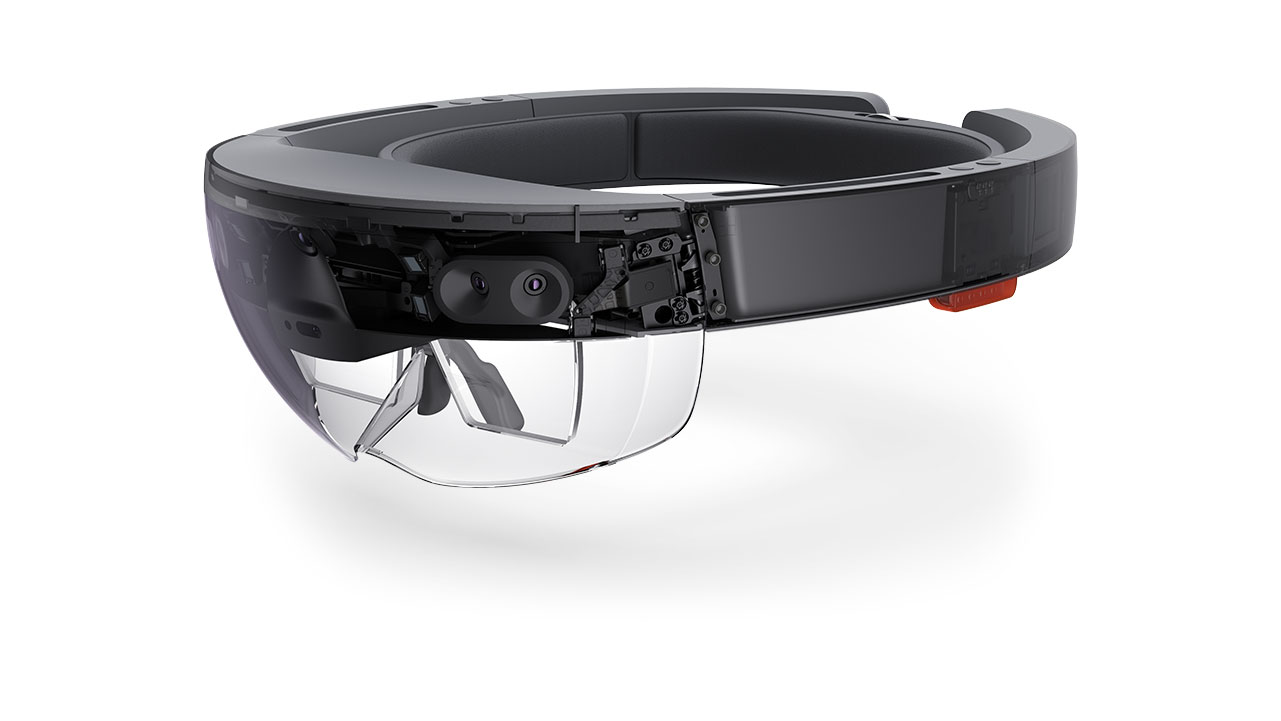HoloLens now available to everybody, and a rare insight into Microsoft’s true soul

Microsoft has officially made HoloLens available to everyone who wants it. Developers and regular users alike, can order up to five per household, without the need to submit an approval request from the company. With that said, HoloLens is far from finished. It has a very, very long road ahead before it becomes a real product. Those who decide to invest into the headset will go into it fully knowing that they will never get their $3000 back, nor will they get any support, or the ability to resell it (As it is common with most prototypes).
Microsoft is about the only company in the world who can afford to do this: to offer consumers the opportunity to take a leap of faith, and fund a dream that is only half-way through reality, with the same spirit of a young Silicon Valley start-up. The investment is hefty, and the risk is high, but so is the excitement of being part of something that might shape the future of computing.
Developers need all the motivation they can, to develop applications for HoloLens, a product that consumers have yet to understand, with most dismissing it as “that VR thing from Microsoft”, and which has yet to see the inception of a proper app store. Yet, Microsoft is not about that, and it wasn’t about that with every single hardware component it manufactured since the early 1980s.
The Microsoft story no one ever remembers
The dismissive attitude of detractors of Microsoft as a hardware maker, tends to bring up popular blunders like the Zune, while obsessing about Microsoft’s software divisions, often forgetting that Microsoft used to build a fair amount of hardware components and accessories, not just for PCs, but for Apple products as well, including, (get ready for this): the Apple II.
This is where the true soul of Microsoft comes to light, and sets itself aside as a risk-taker, with the same genuine, disarming innocence, and excitement, as the kid who puts together its first Arduino project. Here is Microsoft, holding up HoloLens to you, saying “We have made this! And we think it’s awesome!”, without lying through their teeth. This is a company that genuinely likes the products it makes, no matter how weird, or raw they may be.
This is not just Satya Nadella’s “new Microsoft”. As mentioned earlier, this started long time ago with Bill Gates, when the company began building hardware that would help enhance not only IBM PCs, but also Apple’s brand new machines, including the Apple II.
“...Here is Microsoft, holding up HoloLens to you, saying “We have made this! And we think it’s awesome!”, without lying through their teeth...”
One of the first notable components was the Microsoft RAMCard for Apple II, which surfaced in 1980, and added 16KB of additional RAM to the Apple II. As a matter of fact, the PC version of the RAMCard didn’t come to be until two years later, in 1982.
In 1985 Mac users were able to connect to IBM PC-compatible hardware through the grandaddy of modern USB hubs: the Microsoft MacEnhancer, one of the first multi-port hub interfaces built for consumers, with support for multiple printers, modems, and other accessories.
In 1998, Microsoft debuted the Digital Sound System 80: the company’s only known 2.1 Surround sound system, which featured its own integrated sound card, capable of connecting via USB. The system was also able to plug into any playback device, via a regular 3.5mm audio jack.
Fast forward to 2007, Microsoft RoundTable was another off-the-wall product with a radically new approach to videoconferencing. MS RoundTable was able to deliver a 360 degrees live feed, by stitching together the point of view of several web cameras, to form a panoramic video of the entire room in which a conference would take place. The system was sold and rebranded as Polycom CX5000, which is currently available to enterprise customers.
Back to 2016, Microsoft HoloLens is probably the most outlandish product Microsoft has ever made, and the riskier, by far. Microsoft is fully committed to it, and genuinely wants it to happen, just as it wanted the Surface Book, the Surface Pro, and the Lumia phone before it, but this time it’s different. Surface is a serious, all-business side of Microsoft, which is closer to its software division, while HoloLens represents a dream of something beyond anyone’s expectations.
In a way HoloLens could be likened to the progression of a signature gadget in a superhero movie, like the Batmobile. At first it’s hidden, without purpose, built only because it’s possible, and because it’s simply a fantastic concept. When the purpose becomes apparent, it becomes real, before a wide-eyed audience, split between those who only see a shadow zipping through the dark, and those who see an amazing machine capable of great things.